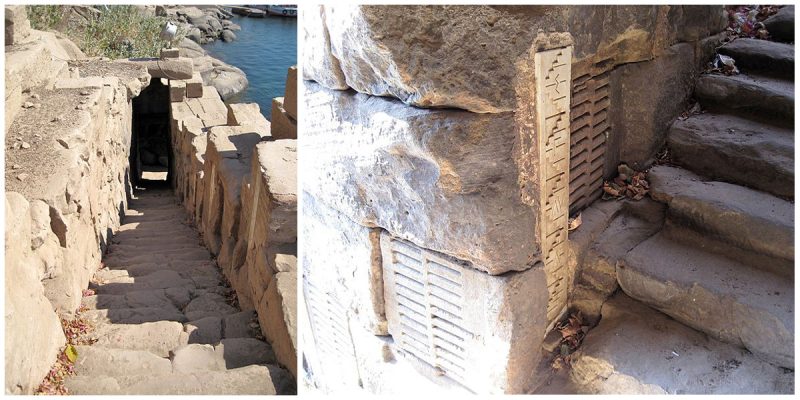Every summer, the river Nile floods, the water overflows its banks and deposits slit on the surrounding floodplain. Since ancient times, the Egyptians have depended on the Nile’s flood and its regular return for their sustenance. But the flood was unpredictable. Therefore, the ancient Egyptians, during the Pharaonic Period, began to measure the Nile’s water level in order to better predict the harvest. A nilometer was a structure used by the ancient Egyptians to calculate the water level of the Nile River during its annual flood, and therefore predict the success of the harvest and compute the tax rate for the year. This tradition can be traced back to over 5,000 years ago.
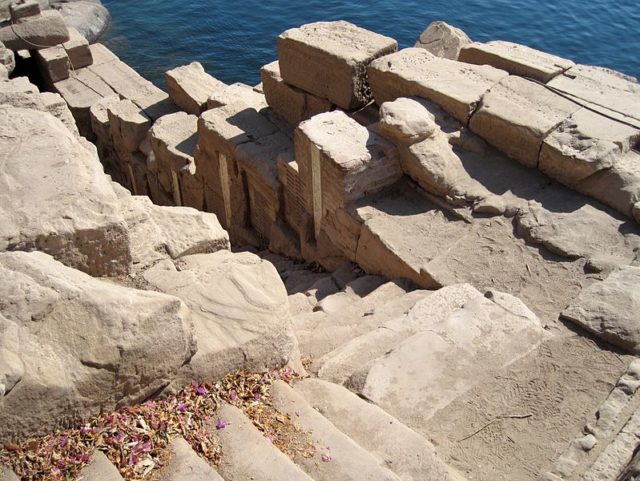
It was a step-like structure that measured how high the flood would be. If it was low, there would be famine. If it was too high, it would be destructive. There was a specific mark that indicated how high the flood should be if the fields were to get good soil.
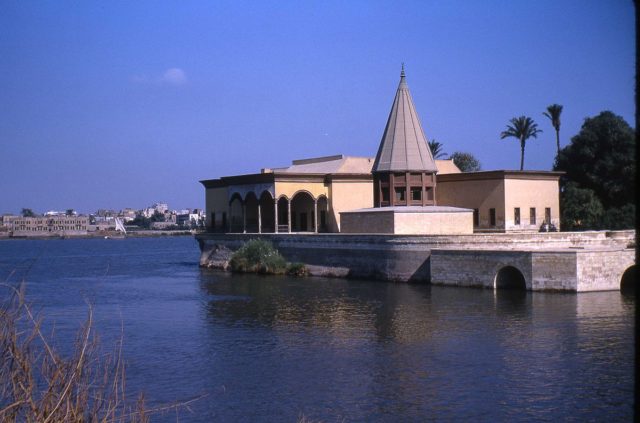
The simplest nilometer design is a vertical column submerged in the waters of the river, with marked intervals indicating the depth of the water. Later these columns began to be housed inside elaborate and ornate stone structure. One such nilometer can still be seen on the island of Rhoda in central Cairo. It was constructed in 861AD, on a site, which is the exact location of a much older structure of this kind.

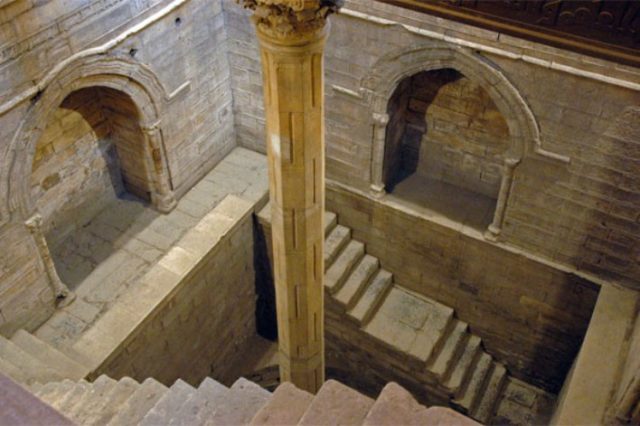
Another historically important nilometer lies on the island of Elephantine in Aswan, which consist of a flight of stairs leading down into the water, with depth markings along the walls. This location was also particularly important, since, for much of Egyptian history, Elephantine marked Egypt’s southern border and was, therefore, the first place where the onset of the annual flood was detected.
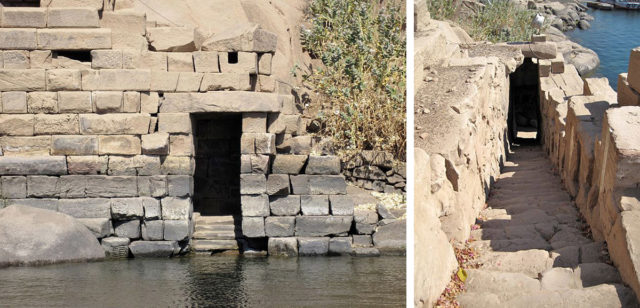
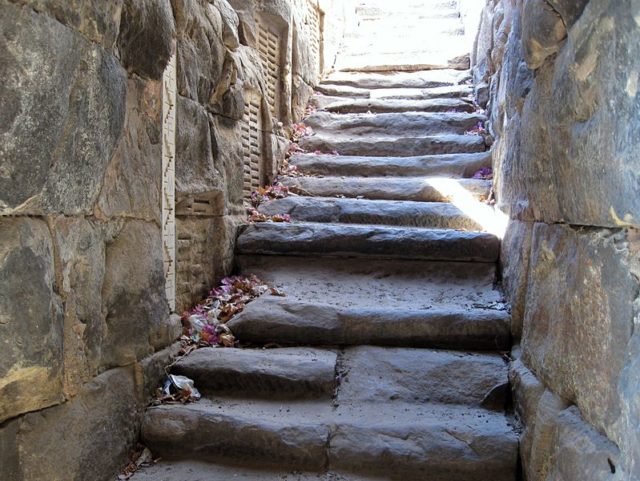
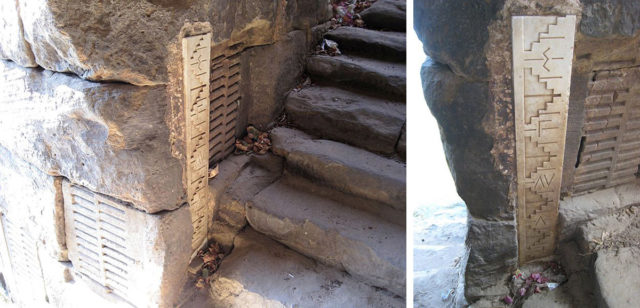
The most elaborate design involved a channel or culvert that led from the riverbank – often running for a considerable distance – and then fed a well, tank, or cistern. These nilometer wells were most frequently located within the confines of temples, where only the priests and rulers were allowed access. A particularly fine example, with a deep, cylindrical well and a culvert opening in the surrounding wall, can be seen at the Temple of Kom Ombo to the north of Aswan.
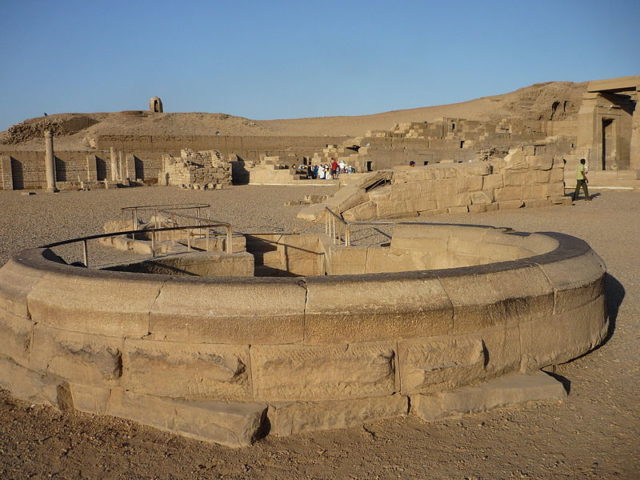
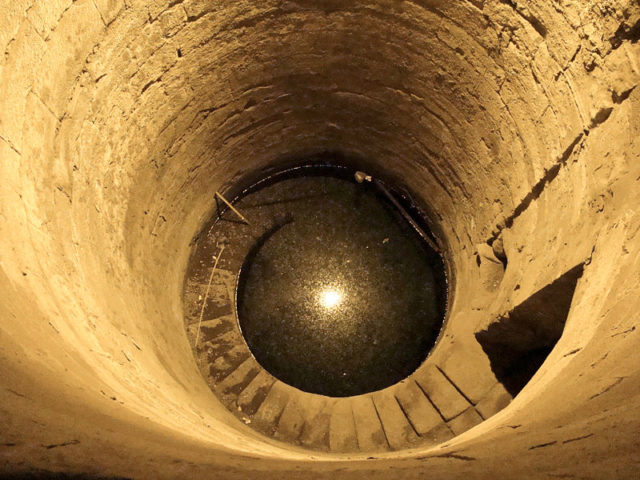
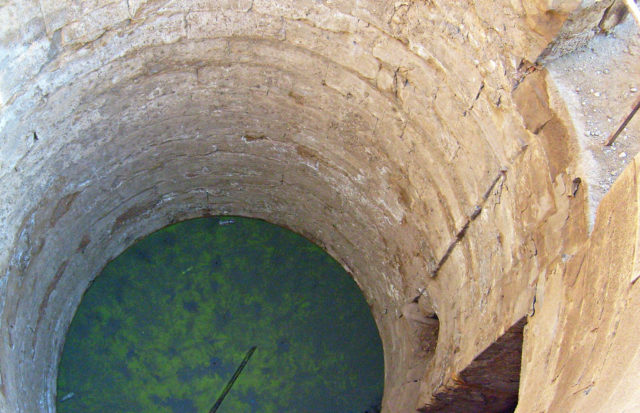
While nilometers originated in Pharaonic times, they continued to be used by the later civilizations that held sway in Egypt. In the 20th century, the Nile’s annual inundation was first greatly reduced and then eliminated entirely, with the construction of the Aswan dams.
